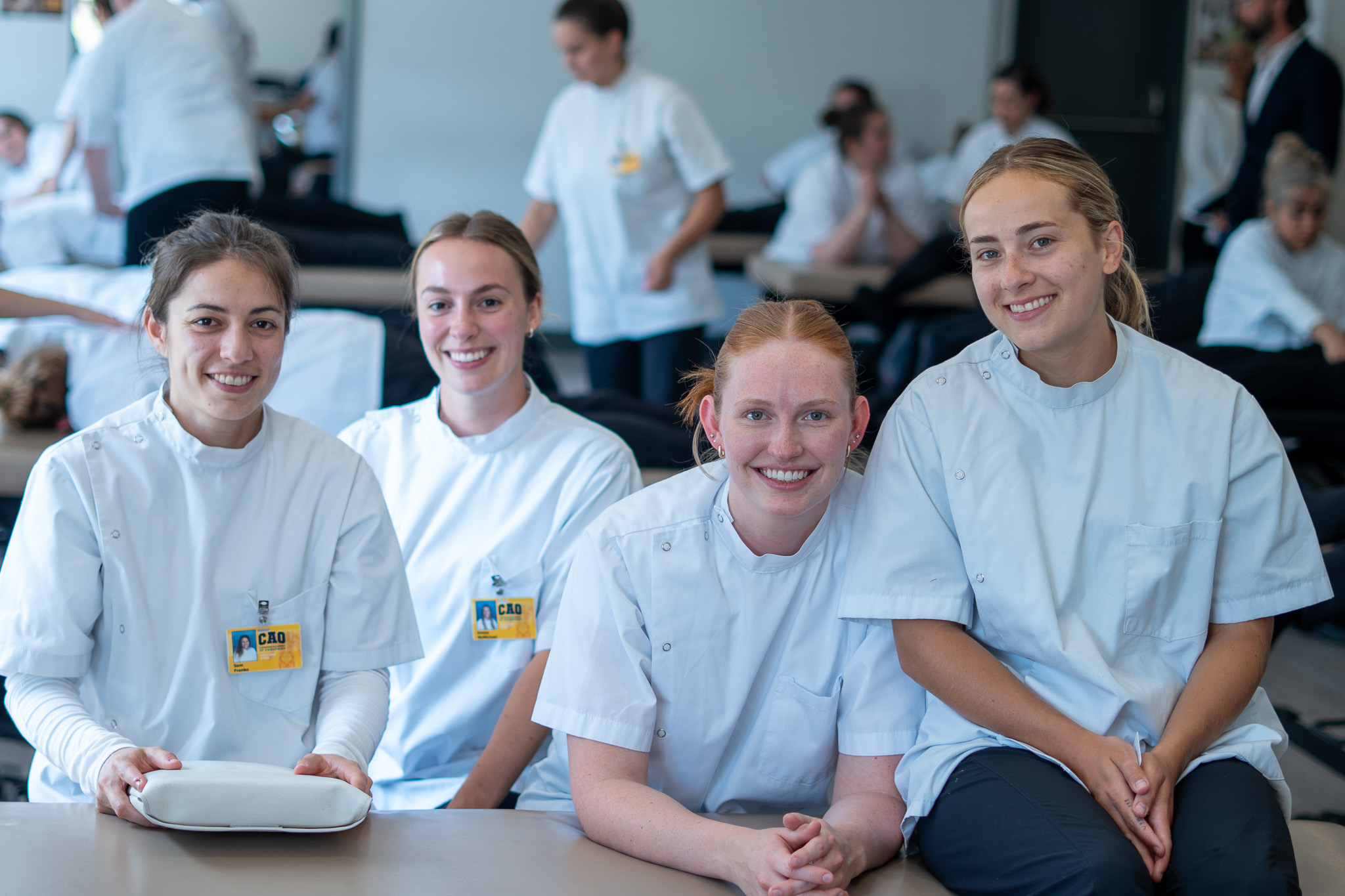Rediscovering the Roots of Healing
In an era where healthcare often feels rushed and impersonal, the Canadian Academy of Osteopathy (CAO) is charting a different course. Founded to preserve and advance the teachings of Dr Andrew Taylor Still, CAO has become a recognised leader in principles-based osteopathic education.
“We teach our students to see the body as an interconnected system,” says a senior faculty member at CAO. “You can’t just chase symptoms—you need to understand the cause.”
The Early Vision and Foundation
The Canadian Academy of Osteopathy was built on the belief that effective healthcare requires critical customized treatment, not just memorising protocols. From the outset, its founders were determined to train practitioners who could adapt to each patient’s unique needs.
This meant returning to Still’s core principles: that structure and function are deeply linked, and that the body has an inherent ability to heal itself. “When you work with those truths,” a CAO instructor notes, “you help the body restore balance instead of chasing symptoms.”

Principles Over Protocols in Practice
In many modern systems, a patient with back pain might be sent for scans, prescribed medication, and given a standard treatment plan. The Canadian Academy of Osteopathy teaches a different path.
One training case involved a patient with chronic headaches. Rather than focusing only on the head and neck, the student examined the whole body, and found a restriction that was affecting the pelvis and spinal alignment. Treating the root cause eased the headaches.
“That’s what principles-based care looks like,” the faculty member explains. “It’s about thinking, not ticking boxes.”
The CAO Curriculum and Method
CAO’s four-year (or 3-year fast track) programme blends classroom study with clinical practice. Students dive deep into anatomy, physiology, and osteopathic principles and lab hands-on training, before stepping into supervised clinics to work with real patients.
“We don’t want technicians,” says a senior trainer. “We want analytical practitioners who can adapt to complex situations. Healthcare changes. People’s needs change. You have to be ready for that.”
This approach produces graduates who are confident, adaptable, and skilled in treating a wide range of patients—from children to seniors, from athletes to those with long-term conditions.
Meeting the Needs of Today’s Patients
Patients today are asking for more than quick fixes. They want care that explains, empowers, and delivers lasting results. The Canadian Academy of Osteopathy’s graduates are trained to listen deeply, observe patterns, and address the real source of discomfort.
“Sometimes the symptom is far from the cause,” says one clinic supervisor. “A knee problem might start with a hip restriction. That’s why we look at the whole picture.”
This whole-body view has made principles-based osteopathy valuable for patients who haven’t found answers in conventional systems.
Shaping the Future of Osteopathy
Graduates leave CAO with a Diploma in Osteopathic Manipulative Sciences and are eligible to join premiere organisations like Osteopathy Canada (OSTCAN). Many establish private practices or join multidisciplinary teams, bringing their patient-focused approach into diverse healthcare settings.
The academy also sees itself as part of a broader movement towards integrative and preventative care. “We’re not against modern medicine,” CAO leadership emphasises. “We want to work alongside it, bringing a skill set that complements and enhances patient outcomes.”
A Timeless Philosophy in a Changing Industry
While healthcare technology continues to evolve, CAO believes that the human body’s capacity for self-healing and self-regulation remains central. Its role, the academy says, is to prepare practitioners who can support that capacity, no matter what changes lie ahead.
“Our principles don’t go out of date,” the faculty member reflects. “They’re as relevant now as they were a century ago—and probably more needed than ever.”

Founder Dinis Guarda
IntelligentHQ Your New Business Network.
IntelligentHQ is a Business network and an expert source for finance, capital markets and intelligence for thousands of global business professionals, startups, and companies.
We exist at the point of intersection between technology, social media, finance and innovation.
IntelligentHQ leverages innovation and scale of social digital technology, analytics, news, and distribution to create an unparalleled, full digital medium and social business networks spectrum.
IntelligentHQ is working hard, to become a trusted, and indispensable source of business news and analytics, within financial services and its associated supply chains and ecosystems










